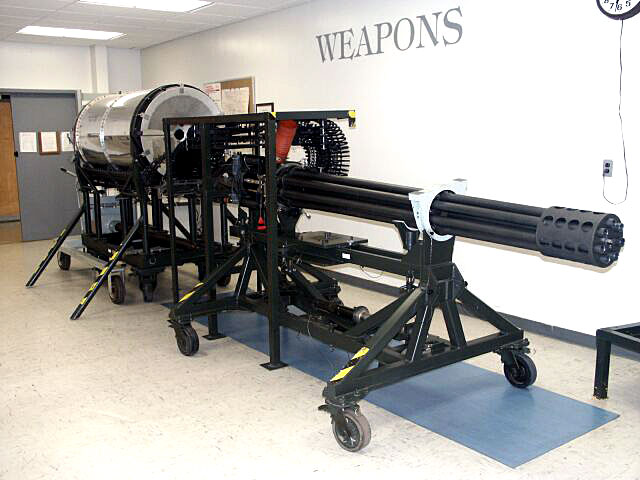While I wouldn't argue that the Garand isn't better for stopping power and accuracy, I really just wanted to point out the huge impact the Carbine had and how it related to OP's guidelines. The Carbine due to it being less cumbersome, helped win the war in the Pacific and held off the Germans from a rear attack, letting the Garand take care of the front-line. Nothing that size and weight was a better rifle. Under the guidelines OP has, I feel the Carbine should get some love.Teddy Roosevelt said:Not so. The M1 Carbine was less accurate than the Garand, mainly because of its light weight. The weight wasn't really too much, seeing as how it was the standard service rifle, so it obviously wasn't phased out by a lighter weapon. Plus, the .30 Carbine is considerably less powerful than the full .30-06, though the Carbine did have some use for the Pacific War, where more compact guns were helpful, as well as in the hands of airborne troops.PeePantz said:Not 100% true. While the Garand was a great weapon, the M1 Carbine essentially replaced the Garand in terms of importance and became the most produced small arms weapon in American history. The Garand was too heavy for most troops that weren't on the front lines, and these "second-line" infantrymen were left with pistols. Winchester used Carbine Williams suggestions and placed a short-stroke piston system in place. The guns weighed under 6 pounds, were semi-automatic, and had great power and accuracy. MacArthur even accredited the guns for being a huge factor in the win in the Pacific.Knifewounds said:#5. M1 Garand: ........ The Garand could essentially do everything an infantryman needed during the time of WWII.
I also didn't means to mislead people thinking that the M1 Carbine replaced the Garand. We all know that the *shiver* M14 did that. I just meant as far as importance.


